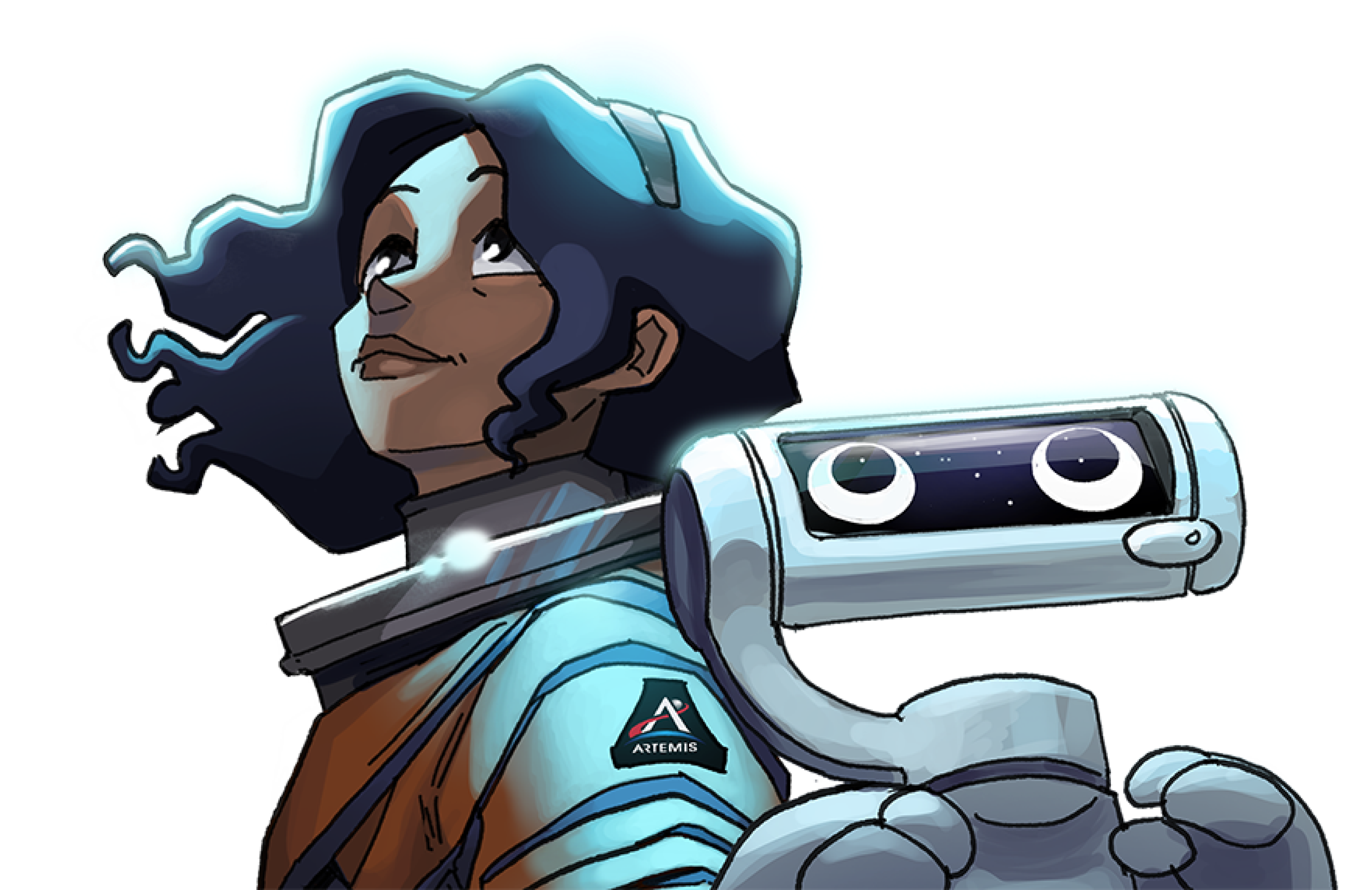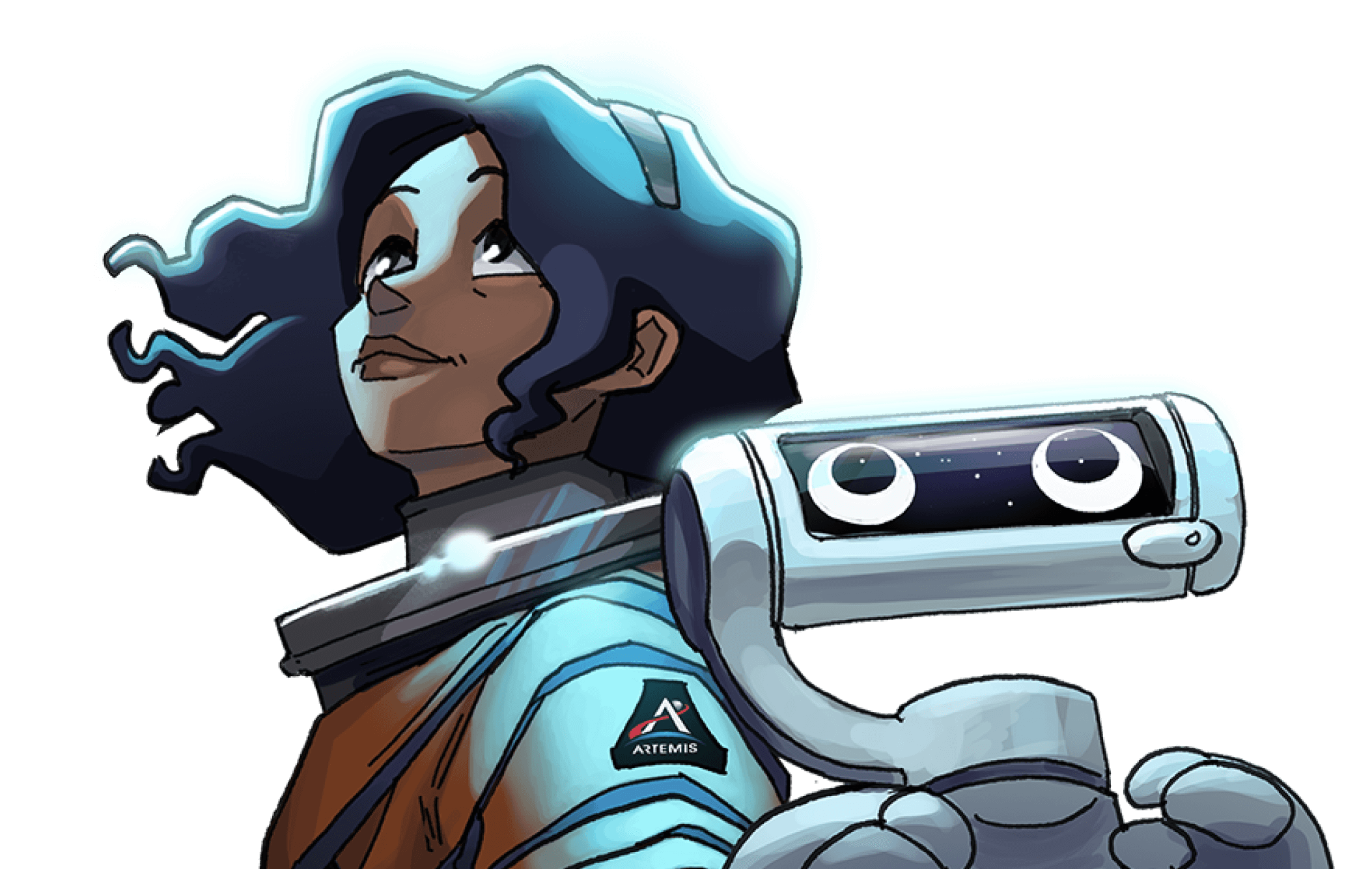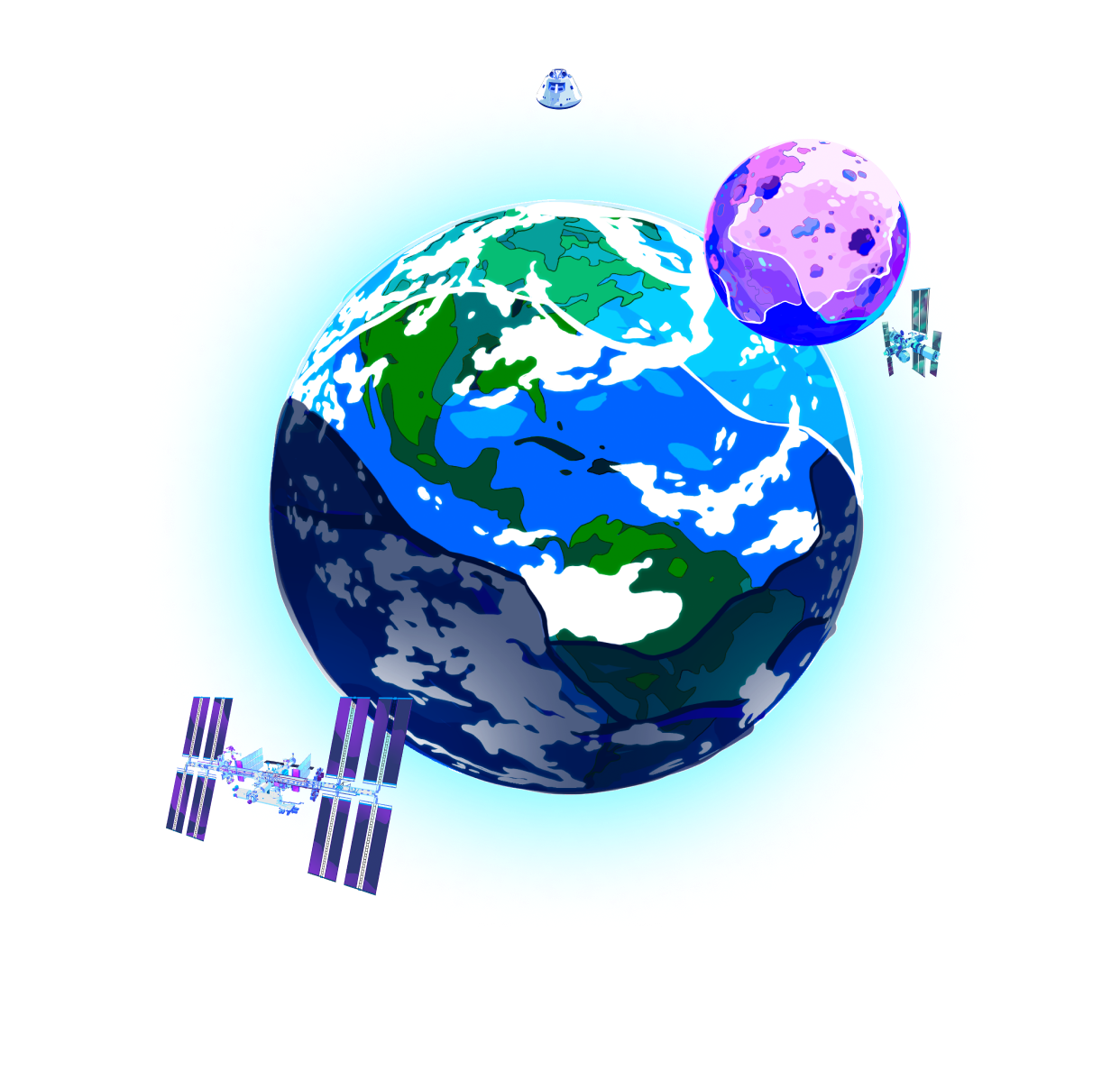
LunaSustain
Be part of LunaSustain, a project brought to you by the Panasonic Foundation, National Institute of Aerospace, and bully! entertainment, in collaboration with NASA. Learn more about sustainability. What does it mean? Why does it matter? Going into space gives us new technologies that can improve life on Earth. Join us on a journey from Earth to the Moon to explore sustainability issues. Complete activities at each destination to discover ways you can help protect the future. Become a
solutionary.

People around the world are working together to create a sustainable future. We need to...
NASA studies Earth to better understand it. The space agency also develops new...
Just as LunaRecycle challenges the public to find solutions, LunaSustain challenges you to learn...
Scroll Down

Destination:
Earth
Sustainability and carbon footprint are closely related. Both concepts aim to reduce environmental impact. A carbon footprint is an estimate of the greenhouse gases
 that are emitted directly or indirectly by a person, organization, or activity. We need to change our habits if we are going to reduce our carbon footprint globally.
that are emitted directly or indirectly by a person, organization, or activity. We need to change our habits if we are going to reduce our carbon footprint globally.
 that are emitted directly or indirectly by a person, organization, or activity. We need to change our habits if we are going to reduce our carbon footprint globally.
that are emitted directly or indirectly by a person, organization, or activity. We need to change our habits if we are going to reduce our carbon footprint globally.
Factoids
1.0
Americans throw away about 100 billion plastic bags a year. ~NOAA~
2.0
Plastic bags can take 20 to 500 years to break down into smaller pieces that never truly disappear. Reusable bags make a difference! ~United Nations~
Calculate Your Carbon Footprint
Take ActionMake a Reusable T-shirt Bag
Take ActionScroll Down
Dig Deeper
WE CAN REDUCE OUR CARBON FOOTPRINT
Congratulations!
You’re ready to explore more.
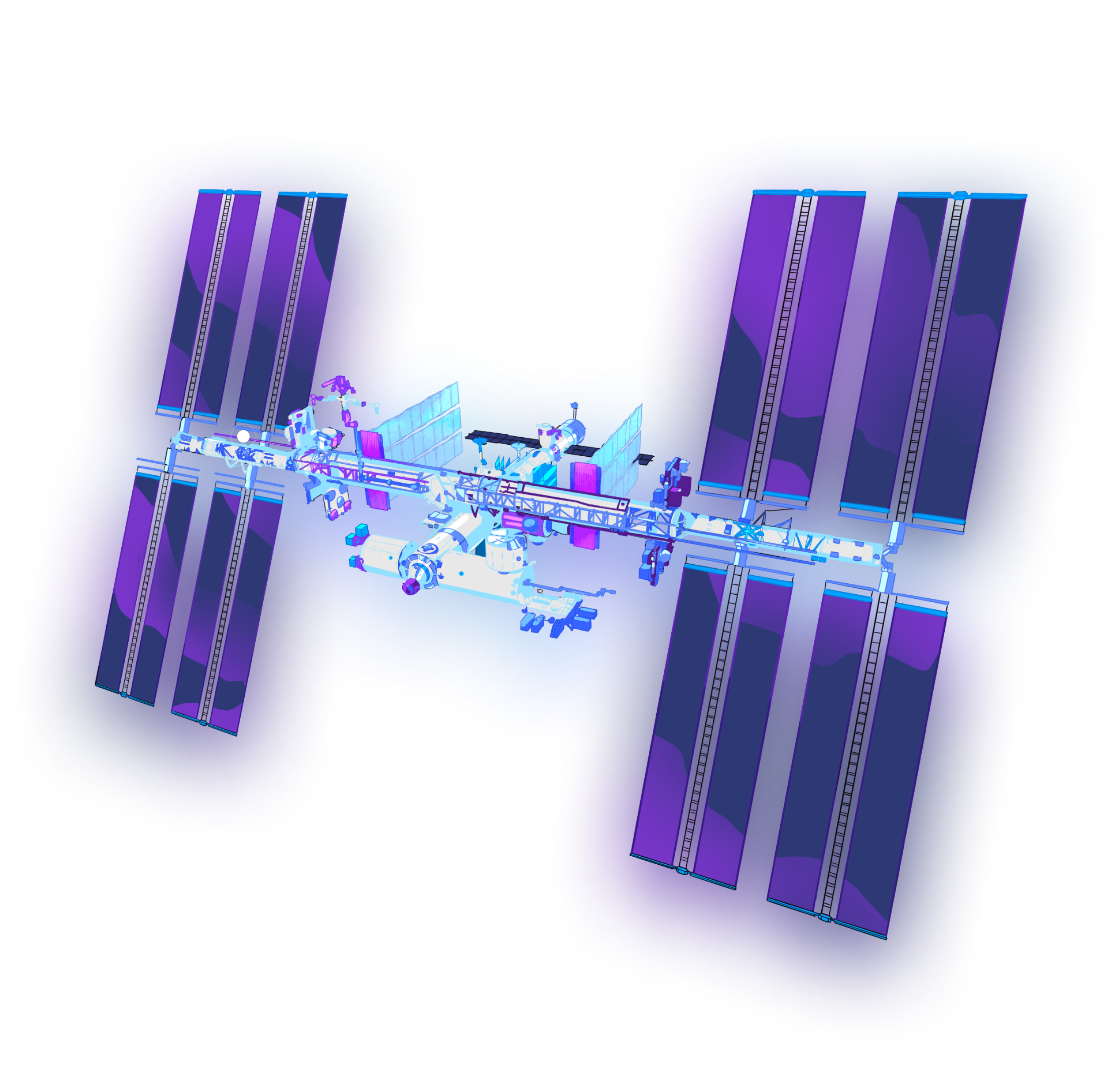
Destination:
International Space Station
Factoids
1.0
On Earth, the average person uses 80-100 gallons of water per day. ~USGS~
2.0
In space, each astronaut will need about one gallon of water per day for consumption, food preparation, and hygiene. ~NASA~
NASA eClips: Designing a Shower Clock
Watch this video to help you design a shower clock that helps you use less water.
Take Action
Scroll Down
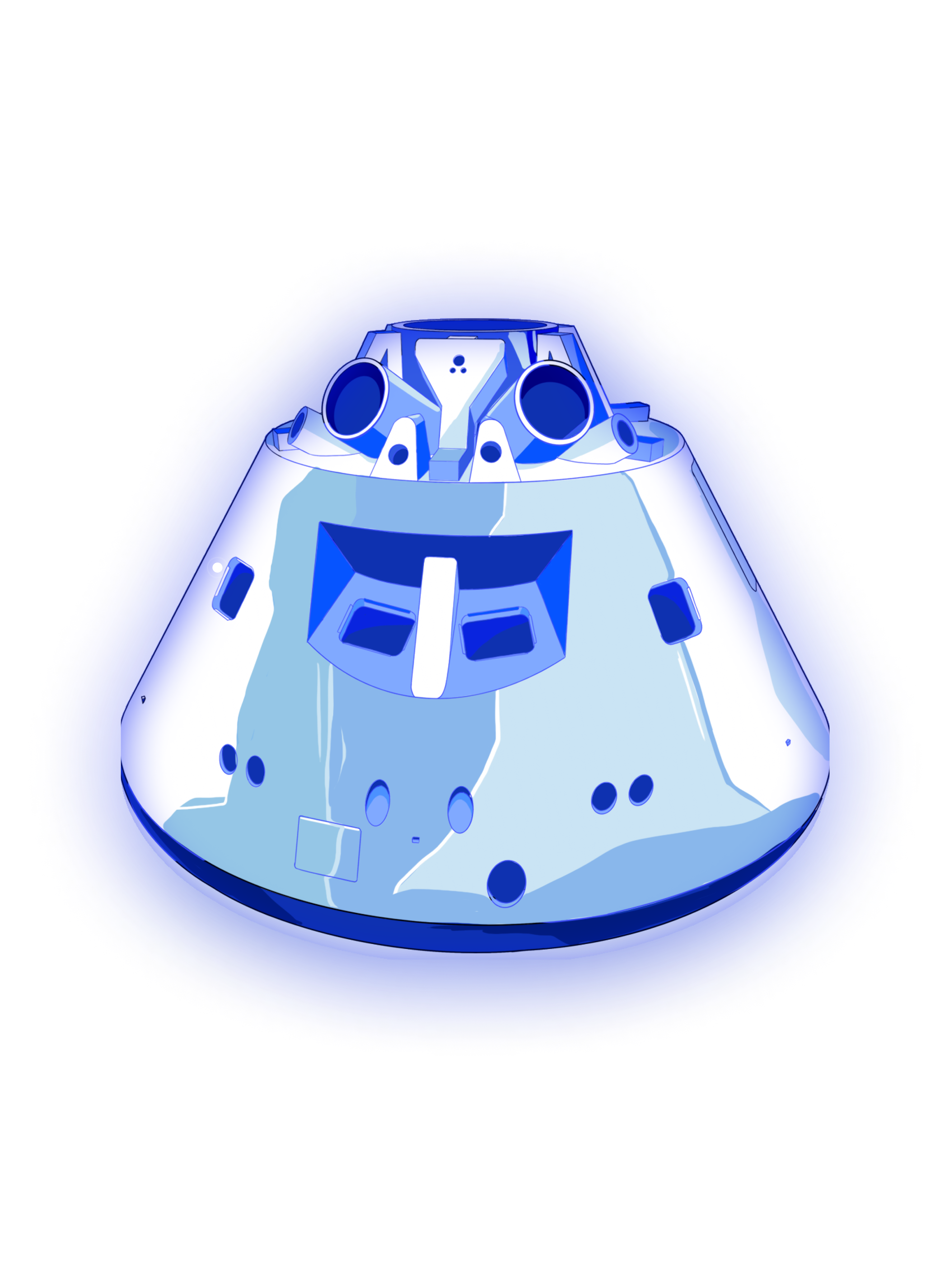
Destination:
Orion
NASA’s Orion crew module is built to sustain 4 Artemis astronauts for up to 21 days in space. NASA is planning missions with sustainability in mind from the environmental control systems that recycle the air to the food packaging. The crew must also practice good habits to conserve resources on board.
Factoids
1.0
Four astronauts can generate 2,500 kilograms (5,500 pounds) of waste during a yearlong mission. ~NASA~
2.0
Recycling one aluminum can saves enough energy to run a computer for three hours or a TV for two. ~EPA~
Plastic Pollution and You
Go to lesson 1.3 starting on page 18 to learn about the different types of plastics
 and which ones can be reused or recycled.
and which ones can be reused or recycled.
Take Action
 and which ones can be reused or recycled.
and which ones can be reused or recycled.Making Space Breathable
Design a filter system capable of “scrubbing” contaminants from the air.
Take Action
Scroll Down
Dig Deeper
WE CAN TURN TRASH INTO REUSABLE RESOURCES
You are ready for the next step.
Travel to the Gateway.

Destination:
Gateway
NASA’s Gateway is a space station that will orbit the Moon. The Gateway will have living quarters, laboratories for science and research, and docking ports for visiting spacecraft. Power and propulsion will be provided by sustainable, renewable solar energy sources.
Factoids
1.0
From tip to tip of the solar arrays, Gateway’s Power and Propulsion Element is about as long as half of a football field! ~NASA~
2.0
Panasonic's batteries for electric cars minimize pollution emitted by vehicles, aiming to reduce CO2 emissions. ~Panasonic~
Power and Propulsion Activity Book
Build your own roll-out solar array. Explore activities to learn about Gateway’s energy systems.
Take Action
Charge from Change
Use this Science Buddies activity to create a basic homemade battery and learn how energy can be stored.
Take Action
Scroll Down
Dig Deeper
WE CAN USE RENEWABLE ENERGY
Bravo!
You made it to the lunar surface.

Destination:
Moon
Astronauts will need a continuous supply of power from multiple sources to live and work on the Moon for long periods. NASA is developing technologies to provide sustainable power through the extreme environments of the lunar night, including fission surface power,
 solar power, and regenerative fuel cells.
solar power, and regenerative fuel cells.
 solar power, and regenerative fuel cells.
solar power, and regenerative fuel cells. Factoids
1.0
NASA is developing a small nuclear fission reactor to generate 40 kilowatts of power, enough energy to run 30 households on Earth for 10 years. ~NASA~
2.0
Panasonic's new model home appliances use less energy, helping families reduce electricity use and CO2 emissions. ~Panasonic~
Household Energy Audit
Calculate the amount of electrical energy you use each day and compare that to the energy astronauts will use on the Moon.
Take Action
Draft Detector
Just as NASA promotes responsible use of energy, you can make a simple draft detector to save energy in your home.
Take Action
Scroll Down
Dig Deeper
WE CAN CONSERVE ENERGY
Congratulations!
It’s time for YOU to make a difference.
Scroll Down
LunaSustain Gallery
How does your Sustainability Pledge compare to others? Do you have any new ideas for sustainability actions you can take?
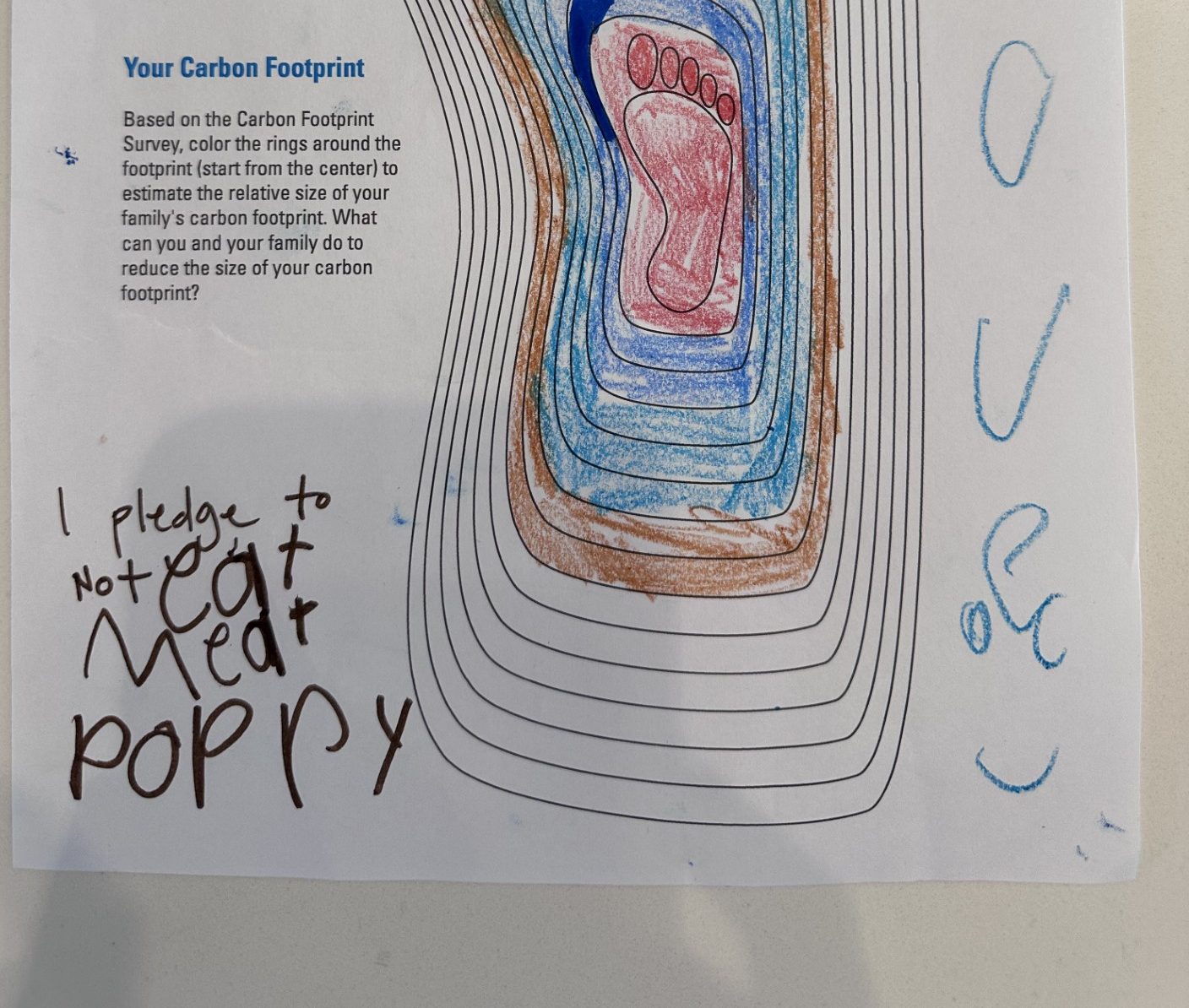
PNG
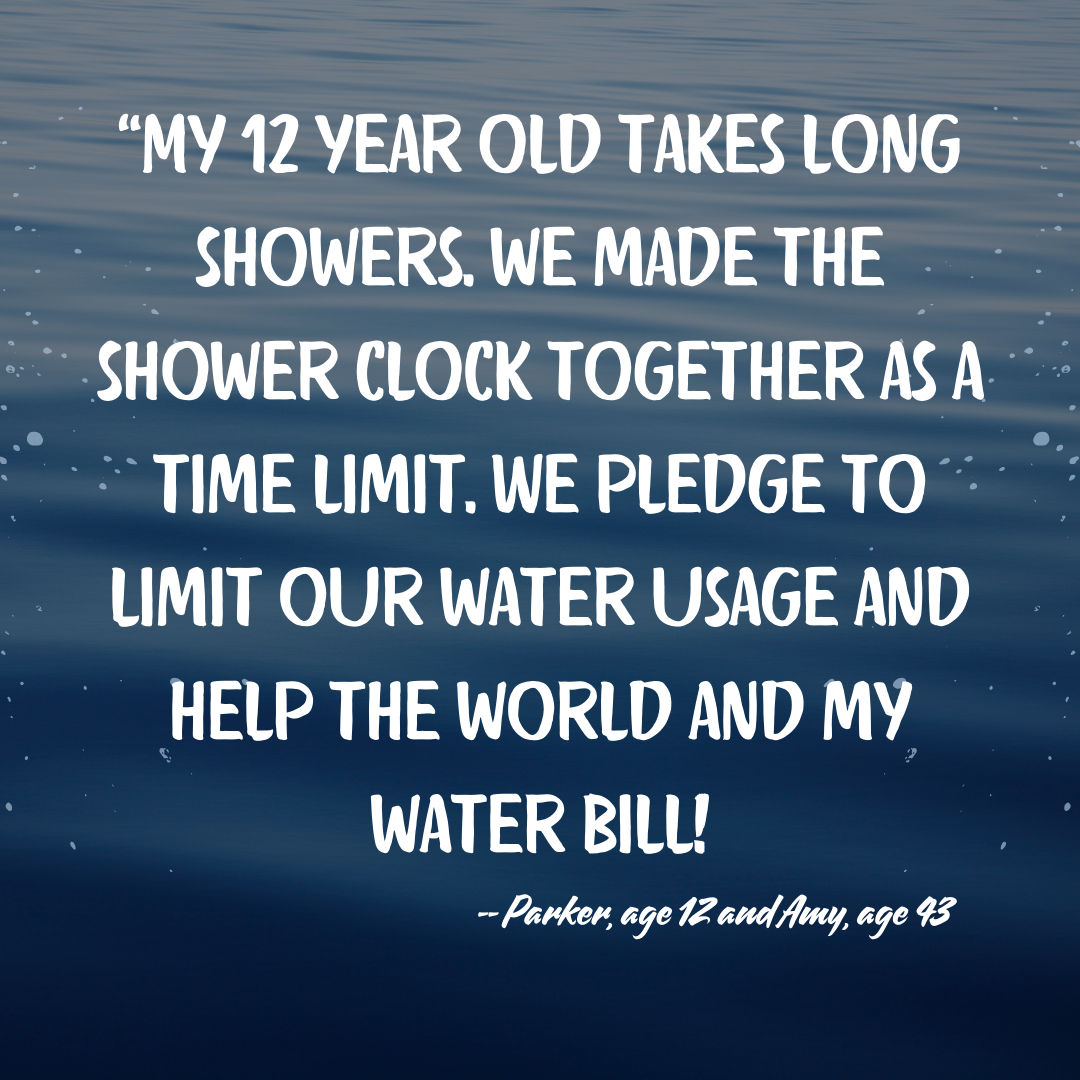
PNG
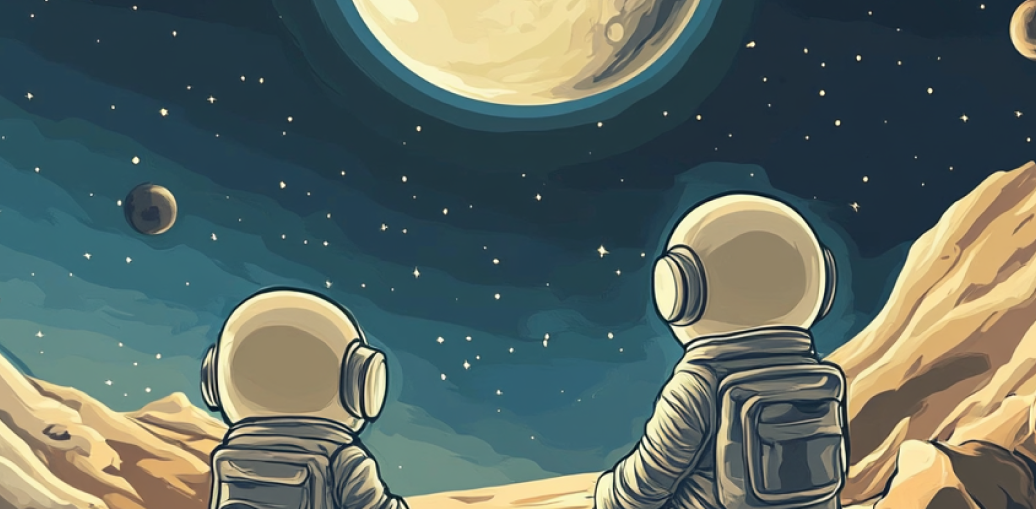
JPG

MP4

PDF

PNG

JPG

PNG
Scroll Down
Cosmic Careers
Learn about exciting new careers in sustainability and find out how you could pursue a career that helps protect the future.
For Educators
Educators register here for a free online implementation guide that includes background information, facilitation suggestions, and additional activities.
First Woman
NASA's Promise for Humanity
Follow the adventures of fictional astronaut Callie Rodriguez as she and her crewmates work together to overcome some of the same challenges real-life Artemis astronauts will face when NASA returns to the Moon. Download or read online NASA’s graphic novel series, First Woman – NASA’s Promise for Humanity.
Scroll Down
Collaborators
LunaSustain was developed in collaboration with:
People around the world are working together to create a sustainable future. We need to make choices that will protect valuable resources today and make sure those resources are available tomorrow, next year, and years from now.
NASA studies Earth to better understand it. The space agency also develops new technologies for its missions that can benefit us on Earth. LunaRecycle, a NASA Centennial Challenge, is seeking sustainable recycling solutions that address physical waste on long-term lunar missions. Like all NASA’s Centennial Challenges, LunaRecycle will generate revolutionary solutions to problems of interest to NASA and the nation.
Just as LunaRecycle challenges the public to find solutions, LunaSustain challenges you to learn more about sustainability
 . How do these issues affect you and your family? What can you do? What new ideas do you have to address sustainability problems? Take action. Make your own pledge to protect our Earth so future generations have the resources they need to survive.
. How do these issues affect you and your family? What can you do? What new ideas do you have to address sustainability problems? Take action. Make your own pledge to protect our Earth so future generations have the resources they need to survive.
 . How do these issues affect you and your family? What can you do? What new ideas do you have to address sustainability problems? Take action. Make your own pledge to protect our Earth so future generations have the resources they need to survive.
. How do these issues affect you and your family? What can you do? What new ideas do you have to address sustainability problems? Take action. Make your own pledge to protect our Earth so future generations have the resources they need to survive. Create Your Own Sustainability Pledge
Now that you have learned more about a sustainable future, how would you define sustainability? What habits would you change? What actions might make a difference, now and for the future? As a solutionary in your home, school, or community, take a stand. Follow the guidelines below to share your pledge with others.
- Ensure that your submission does not include any personal information, including images of you.
- Make sure you have permission from a parent or guardian to submit your content.
- Use respectful and positive language in your content.
- Submit only content that you have created yourself, not content copied from others.
- Avoid including images or descriptions of other people without their consent.
JPG
JPEG (Image)
1024 x 768 500Kb
PDF
PDF (doc)
500Kb
MP4
MP4, MOV (Video)
1024 x 768 25Mb
For Educators
Educators register here for a free online implementation guide that includes background information, facilitation suggestions, and additional activities.
For Educators
Educators register here for a free online implementation guide that includes background information, facilitation suggestions, and additional activities.
